I am currently testing a DC/DC converter component that it meets datasheet specification. Link to component datasheet: http://www.tracopower.com/products/thn15wi.pdf (THN 15-2411, in: 9-36 V, out: 5 V)
This is the circuit:

simulate this circuit – Schematic created using CircuitLab
The yellow line on the oscilloscope shows the output. It can be seen that at 1/400k intervals, there are voltage spikes. These are larger than the datasheet specification. They are roughly 300-500 mV. How do we remove these? Is it possible, or is our component defective?
